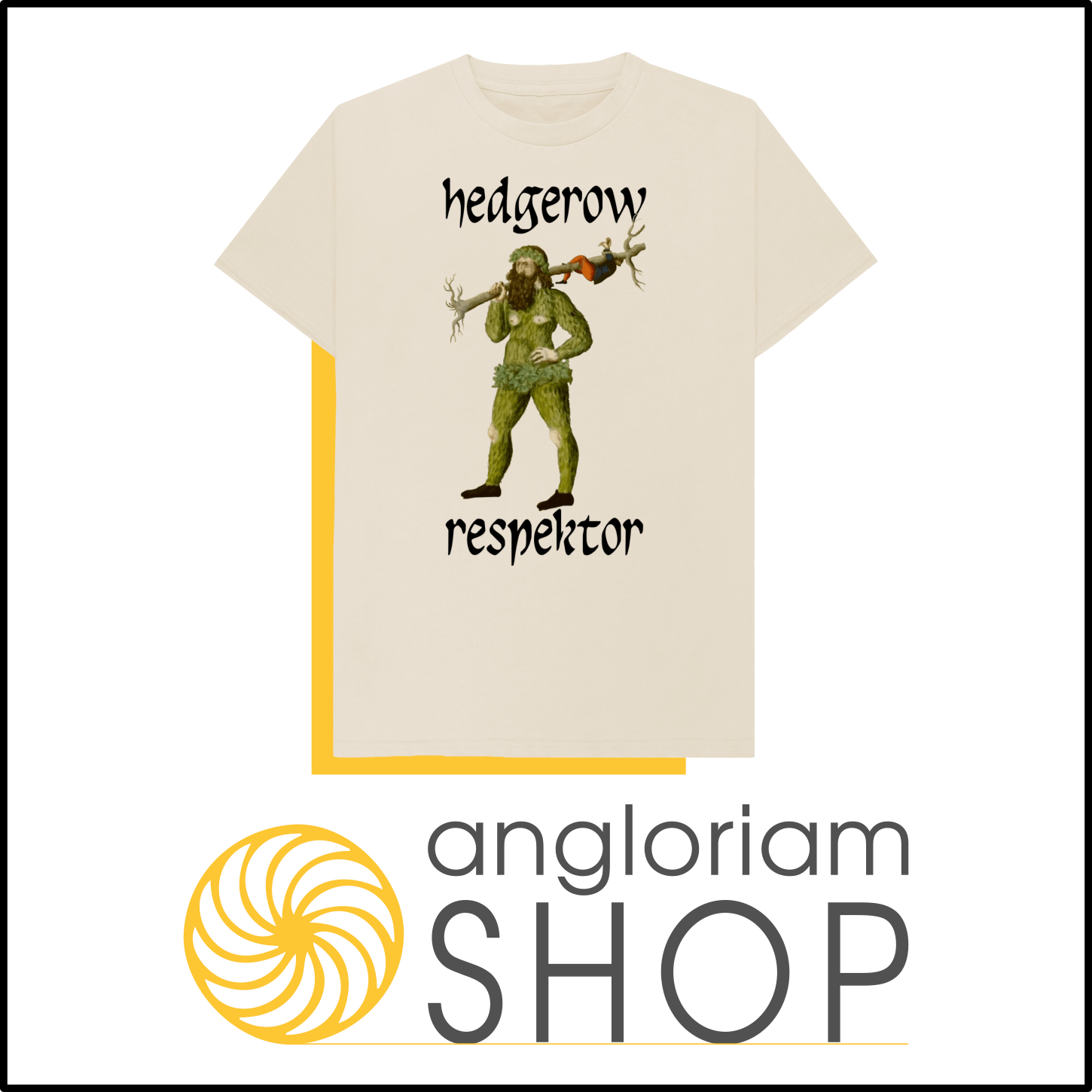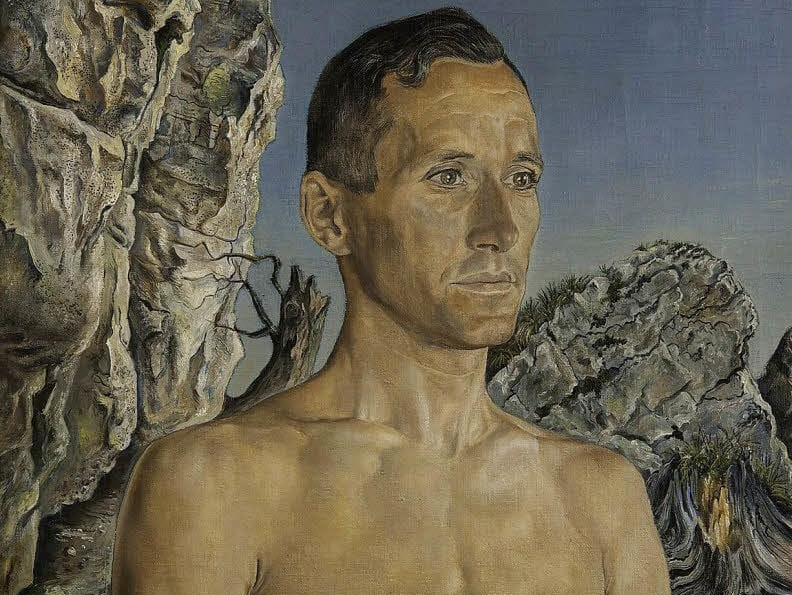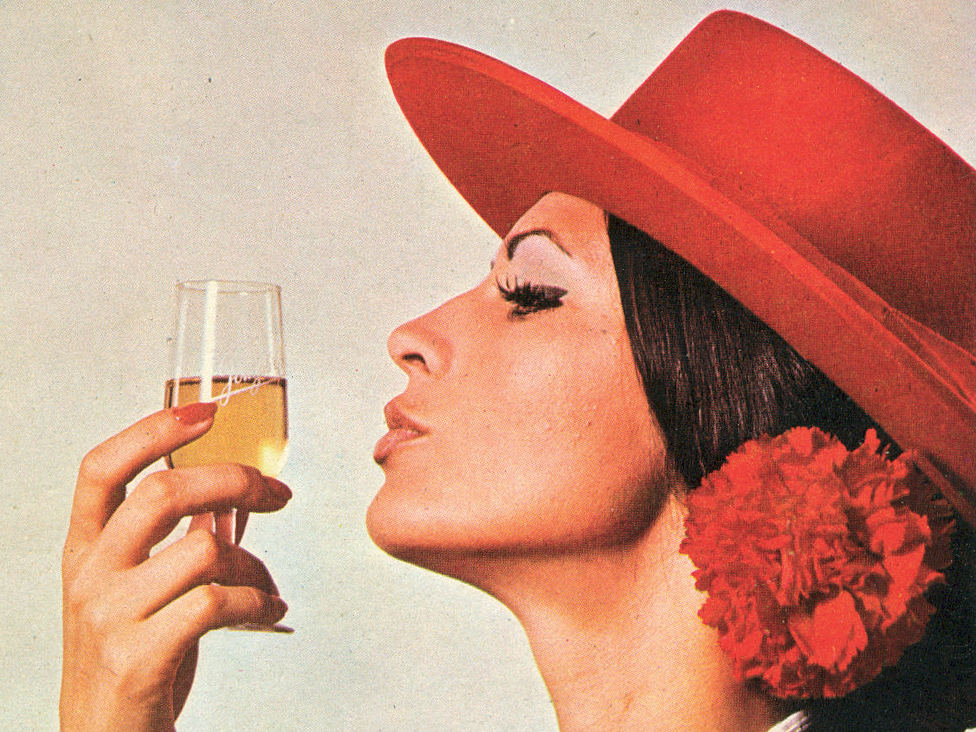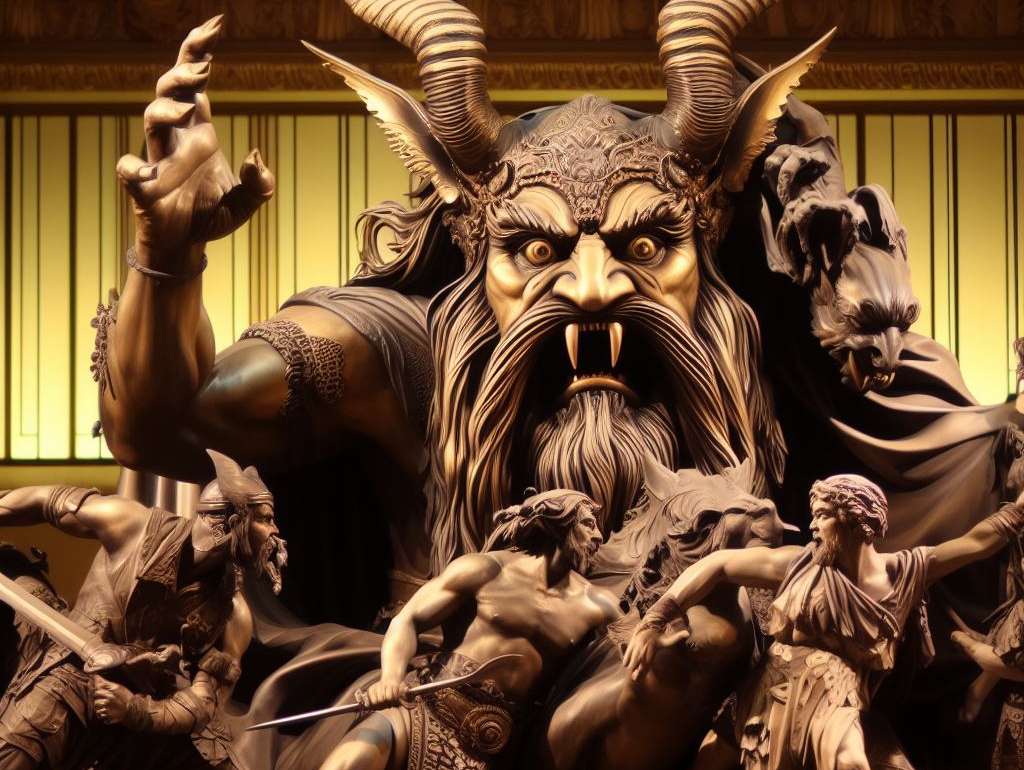Patricia Highsmith wrote five books featuring Tom Ripley as the central character, with a surprising 36 year gap between the first and the last. The Talented Mr. Ripley is the best-known of the Tom Ripley novels, with two famous film adaptations, but other books in the series have also received critical acclaim.
The film adaptations vary in their approach to the Ripley character, but all offer the suspense of a taut thriller.
He is portrayed with varying degrees of sympathy or nuance, but his anti-heroic amorality remains a defining characteristic.
Ripley is usually depicted as a highly intelligent and manipulative individual who is willing to go to great lengths to achieve his goals, even if it means committing immoral or illegal acts.
He often engages in lying, stealing, and even murder in order to maintain his lifestyle or to further his own interests, and often does so without any sense of remorse or guilt.
“I always thought it would be better to be a fake somebody than a real nobody.” (Tom Ripley, The Talented Mr. Ripley)
Novels featuring Tom Ripley as the main character
- The Talented Mr. Ripley (1955)
- Ripley Under Ground (1970)
- Ripley’s Game (1974)
- The Boy Who Followed Ripley (1980)
- Ripley Under Water (1991)
Who is the longest-running fictional character?
It's difficult to determine which fictional character has appeared in novels written by the original writer over the longest period. One potential candidate for the record could be the character of Jeeves, created by P.G. Wodehouse. Jeeves first appeared in Wodehouse's 1915 novel Extricating Young Gussie and went on to appear in numerous short stories and novels by Wodehouse until the author's death in 1975, a span of 60 years.
Film adaptations featuring Tom Ripley
-
Purple Noon (1960) - Directed by René Clément, this film is based on Highsmith’s novel “The Talented Mr. Ripley.“ Alain Delon plays the role of Tom Ripley, a charming and cunning con man who assumes the identity of a wealthy American while traveling in Europe.
-
The American Friend (1977) - Directed by Wim Wenders, this film is based on Highsmith’s novel “Ripley’s Game.“ Dennis Hopper plays the role of Ripley, a man who becomes embroiled in a plot to murder a gangster.
-
The Talented Mr. Ripley (1999) - Directed by Anthony Minghella, this film stars Matt Damon as Tom Ripley. The film closely follows the plot of Highsmith’s novel, in which Ripley is hired by a wealthy man to retrieve his son from Italy, but becomes obsessed with assuming the young man’s identity.
-
Ripley’s Game (2002) - Directed by Liliana Cavani, this film stars John Malkovich as Tom Ripley. In this adaptation of Highsmith’s novel, Ripley is approached by a dying man who wants him to commit a murder.
-
Ripley Under Ground (2005) - Directed by Roger Spottiswoode, this film stars Barry Pepper as Tom Ripley. In this adaptation of Highsmith’s novel, Ripley is living in London and becomes involved in a forgery scheme.
Ripley on screen
Fans of the Ripley character argue over the best Highsmith adaptation in film, and Purple Noon often triumphs, but I think Anthony Minghella’s 1999 adaptation of The Talented Mr. Ripley wins on story and aesthetics. Minghella’s casting was perfect, from Matt Damon as Tom Ripley to the supremely talented Philip Seymour Hoffman as Freddie Miles. The film looks really lovely too, set against the beautiful Italian backdrop of 1950s Italy. Jude Law and Gwyneth Paltrow also put in their best performances as the gilded couple Dickie and Marge.
So while there may be debate among fans of the Ripley character about the best cinematic adaptation, I believe that Anthony Minghella’s 1999 adaptation takes the crown. Certainly, the first three films–Purple Noon, The American Friend and The Talented Mr. Ripley–offer the best cinematic experience and best capture the essence of the Ripley character. Ripley’s Game and Ripley Under Ground are okay, but don’t quite hit the mark. You can avoid those, but do watch the first three.
In the spirit of Ripley
If you enjoy Ripley-esque characters in film, you will like Un Homme Idéal (2015), a French film about a struggling writer who plagiarizes a manuscript and passes it off as his own, leading to fame and success garnered through false identity. The Guest (2014) and Nightcrawler (2014) also feature morally ambiguous characters who are willing to go to great lengths to achieve their goals.
Purple Noon (Plein Soleil)
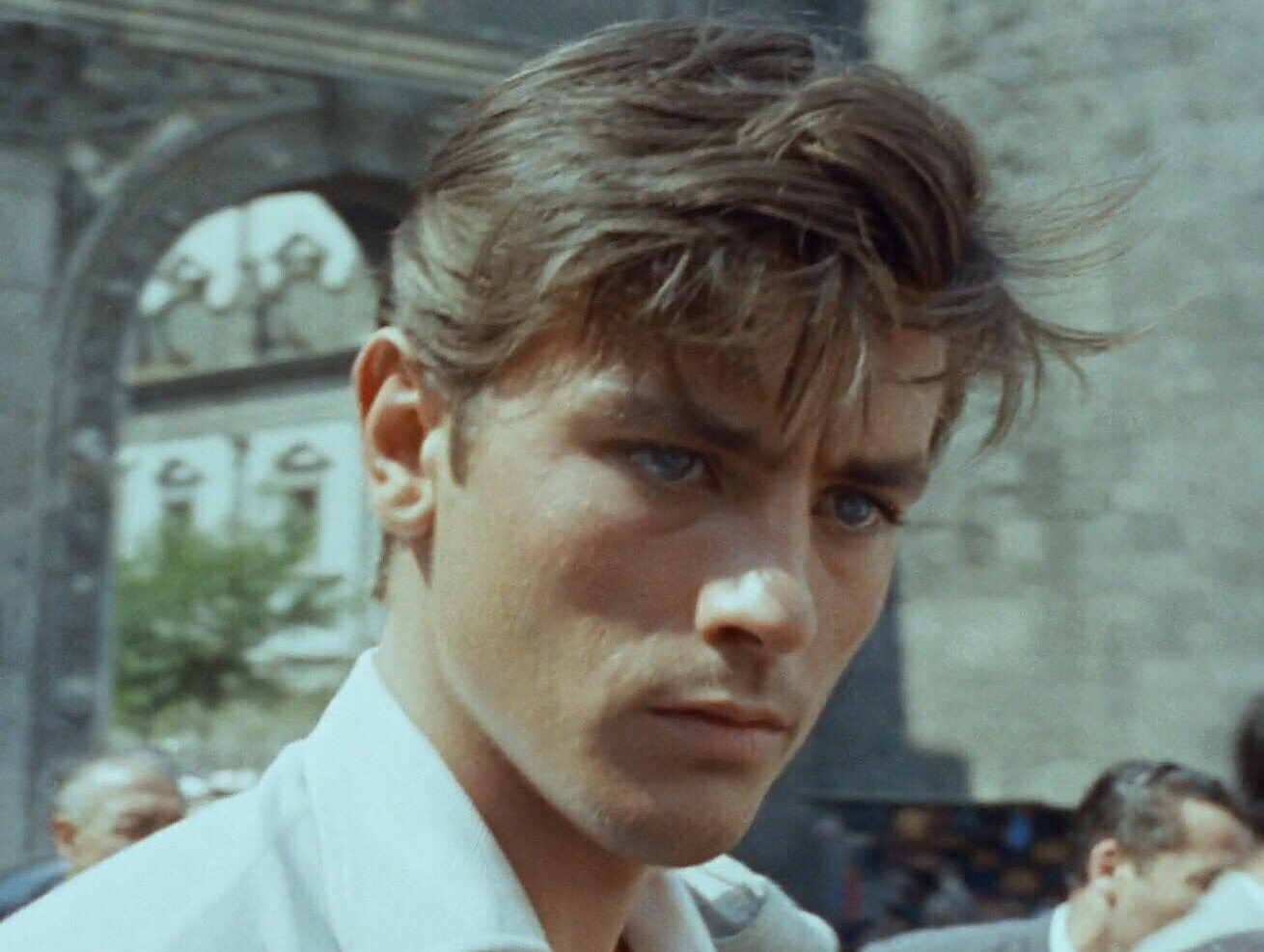
Purple Noon, directed by René Clément and released in 1960, is a film adaptation of The Talented Mr. Ripley. The story follows Tom Ripley, a young man hired by a wealthy American industrialist to travel to Europe and persuade his son, Dickie Greenleaf, to return home to the United States. Ripley becomes obsessed with Greenleaf and begins to insinuate himself into Greenleaf’s life, eventually leading to a deadly confrontation.
Purple Noon takes some liberties with the novel, most notably in the depiction of Ripley’s character. In the film, Ripley is portrayed as a more sympathetic character, while in the novel he is more manipulative and sociopathic.
The stylish cinematography of Purple Noon captures the glamour and decadence of the film’s Mediterranean setting. The film’s visual style is characterized by lush colors, sharp contrasts, and striking compositions, which all contribute to the film’s sense of sophistication and luxury. The film is lovely to look at. Memorable scenes include the scene in which Tom and Dickie play chess together, which is charged with sexual tension; and the scene in which Ripley assumes Dickie’s identity, putting on his clothes and combing his hair to look more like him.
Alain Delon’s wardrobe has a timeless and preppy style. Throughout the film, Delon is seen wearing classic menswear staples, such as tailored blazers, button-down shirts, and chino trousers, all in muted colors and timeless designs. These clothes contribute to the film’s sense of style and sophistication, and also help to establish Delon’s character as a suave and polished individual who is able to navigate the worlds of both high society and crime with ease.
The locations in Purple Noon play a significant role in creating the film’s aesthetic. The Mediterranean backdrop, with its luxurious beaches, grand villas, and crystal-clear waters, sets the tone for the film’s atmosphere of indulgent sensuality and hedonistic pleasure. The pristine hotel rooms and lobbies featured in the film also contribute to this aesthetic, as do the modernistic design elements that hint at the burgeoning French New Wave movement of the time.
Alain Delon’s sensual portrayal of Tom Ripley is one of the French actor’s defining roles. Delon’s performance is notable for its understated elegance and cool detachment, which captures the character of Tom Ripley as a charming and sophisticated con artist with sociopathic tendencies. Delon’s sharp features and piercing gaze also contributes to his portrayal of Ripley as a calculating and manipulative figure.
Handsomely done | The life of Alain Delon
While Alain Delon's on-screen persona represents the golden age of French cinema, his off-screen life has been no less fascinating. The legendary actor has been linked to some of the most beautiful women of his era, including Brigitte Bardot and Nico. In the 1980s, he met the controversial Léon Degrelle, a former SS officer and writer (and supposed inspiration for Tintin). Delon's life has not been without its legal disputes, including a bitter custody battle with his former partner, and accusations of involvement in organized crime. Despite these controversies, Delon's impact on French culture remains significant, and his contributions to cinema continue to inspire new generations of film lovers.
The American Friend
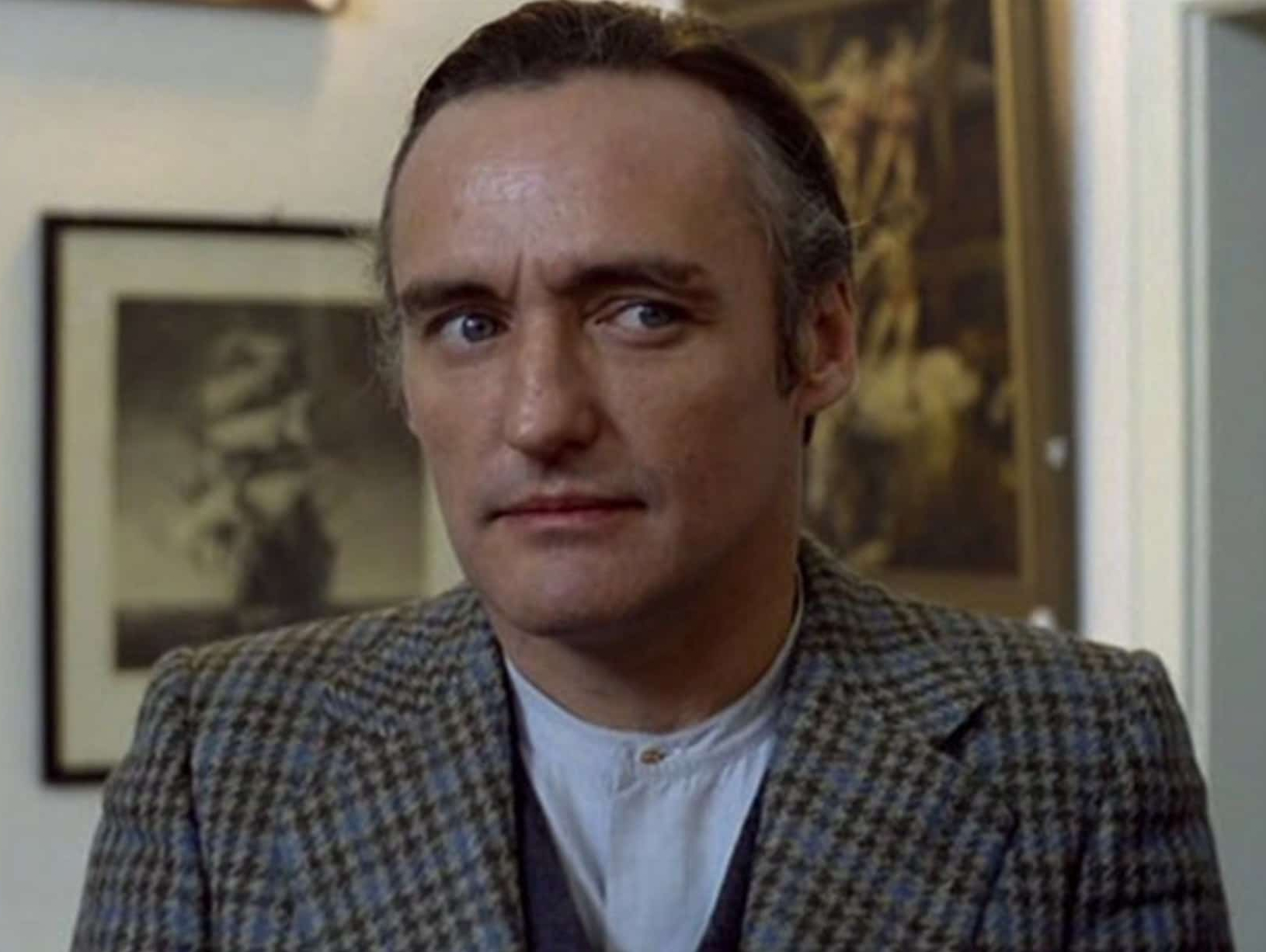
Wim Wenders’ The American Friend is a loose adaptation of Patricia Highsmith’s novel Ripley Under Ground. In the film, Tom Ripley (played by Dennis Hopper) is now living in Hamburg, Germany, and makes approaches to an art framer and dealer, Reeves (played by Wenders’ regular collaborator Bruno Ganz). Ripley convinces Reeves to travel to Berlin to deliver a large sum of money to a contact, but it’s revealed that the money is payment for the murder of a man who has been threatening Ripley. Initially reluctant, Reeves finds himself increasingly embroiled in the criminal underworld and is eventually forced to confront his own morality and the consequences of his actions.
Bruno Ganz | Gentleman of acting
Bruno Ganz was sometimes called "The Gentleman of Acting" or "The Whisperer" due to his soft-spoken and nuanced performances. He was a Swiss actor who predominantly worked in German language films, Ganz appeared in a number of highly regarded films throughout his career, including Wings of Desire and Downfall. In Werner Herzog's 1979 film Nosferatu the Vampyre, Ganz played the role of Jonathan Harker opposite Klaus Kinski's Dracula, a performance that cemented his status as one of the most talented actors of his time.
Compared to Purple Noon, The American Friend is an altogether more introspective and contemplative experience, with a distinctly meditative atmosphere. Hamburg’s portrayal in the film contributes to the bleak and moody aesthetic of the film. The use of shadows and low-key lighting add to the film’s noir sensibility. Wenders’ camera often lingers on the details of the city, such as graffiti-covered walls and rundown buildings, giving the city itself a sense of character and atmosphere. The old, decaying architecture creates a visual representation of the film’s themes of corruption and decay.
Hopper’s portrayal of Ripley in The American Friend is quite different from Delon’s in Purple Noon. While Delon exudes a cool and calculated charm, Hopper’s Ripley is more unhinged and unpredictable. Hopper brings a manic energy to the role, portraying Ripley as someone who is not entirely in control of his own actions. Additionally, Hopper’s Ripley is older and more weathered than Delon’s, adding to the sense of danger and unpredictability.
The American Friend offers a gripping and visually stunning exploration of the criminal underworld in Hamburg, Germany. Dennis Hopper delivers a compelling and idiosyncratic portrayal of Tom Ripley, and the film’s stylized cinematography and score make it a must-see for fans of both Highsmith’s work and Wenders’ unique filmmaking style.
The Talented Mr. Ripley
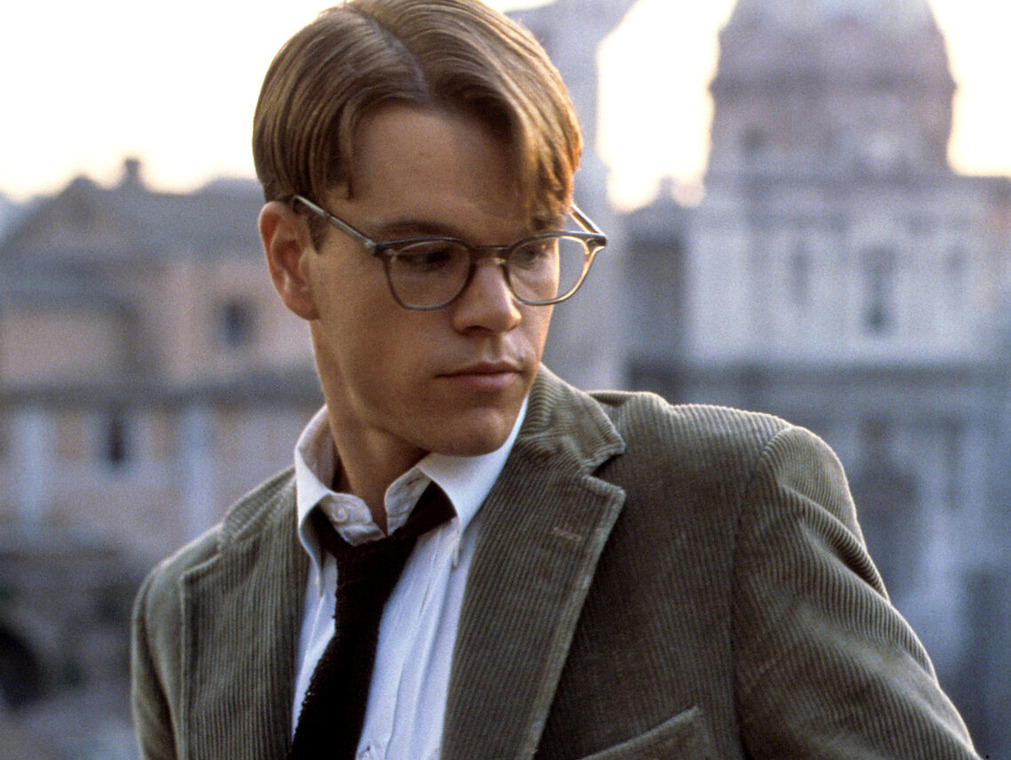
Anthony Minghella’s film version of The Talented Mr Ripley was released in 1999. Compared to Purple Noon, the film stays closer to the source material and includes more of the book’s plot elements.
Unlike Purple Noon, which focuses on the relationship between Ripley and Greenleaf, Minghella’s film explores more deeply the psychological aspects of Ripley’s character and his desires for wealth, status, and love. The film also features some stunning visuals of Italy’s coastline and countryside. The exteriors for Mongibello–known affectionately as Mongi in the film–the town where Dickie and Marge are ensconced, were shot in the towns of Ischia and Procida, located in the Bay of Naples.
The film’s costume design, music, and settings all work together to create a vivid and convincing portrayal of 1950s Europe. Ripley’s sexuality is more fluid and ambiguous than in the previous adaptations. While there are hints and allusions to Ripley’s attraction to men, the focus is on Ripley’s psychological complexity and his ability to manipulate and deceive those around him. The casting is widely regarded as a strength of the film. Matt Damon’s portrayal of Ripley captures the Ripley’s complex psychological makeup, while Jude Law’s performance as Dickie Greenleaf is compellingly charismatic. You can see why Ripley wants Dickie’s life so badly! A special mention must also be made to Philip Seymour Hoffman’s performance as Freddie Miles, a wealthy socialite and confident of Dickie. He smells a rat with Ripley as soon as he meets him and his hunting down of the rat is a delight to watch.
Anthony Minghella and films about identity
Anthony Minghella was an English film director, playwright and screenwriter. He is best known for his work on the films The English Patient, for which he won the Academy Award for Best Director, and The Talented Mr. Ripley. Minghella's films often featured themes of love, loss, and personal identity. He gave us two timeless classics before his premature death, age 54, in 2008.
Exploring Ripley
Patricia Highsmith’s Ripley character draws on a few classical and folkloric themes. Most noticeably, we see the concept of the doppelgänger, which is a motif found in German folklore and literature. In the Ripley novels, Tom Ripley often assumes the identity of others and becomes a doppelgänger of his victims or targets. We see this with Dickie in The Talented Mr. Ripley, but it is also present in the fourth Ripley novel, Ripley Under Ground, where he impersonates an artist named Derwatt, and in the fifth Ripley novel, Ripley’s Game, where he convinces a man named Jonathan Trevanny to commit murders on his behalf.
The doppelgänger motif
In folklore and fiction, a doppelgänger is a look-alike or double of a living person, often with a supernatural quality. The doppelgänger is usually seen as a harbinger of bad luck, representing the person's evil side or alter ego. In literature and film, the doppelgänger theme is often used to explore the darker aspects of human nature, such as obsession.
Ripley is also portrayed as the classical tragic hero, a sympathetic figure whose flaws ultimately lead to his downfall. Ripley struggles with his conscience throughout the novels and is often tormented by guilt and shame over his actions. This theme of moral ambiguity and the consequences of one’s actions is a common thread in classical literature.
Tom Ripley continues to fascinate reader and viewer, who are drawn to the psychological complexity of a master manipulator. The enduring appeal lies in his ability to captivate audiences with his charm and cunning, while also serving as a cautionary tale of the consequences of giving into the shadow aspects of the psyche.
Whether you’re a fan of crime fiction, psychological thrillers, or simply love a good anti-hero, the Ripley series has something for everyone. So why not pick up a copy of the novels or watch the film adaptations and start exploring the dark allure of this complex and fascinating character?
